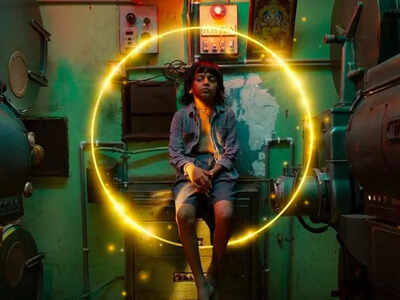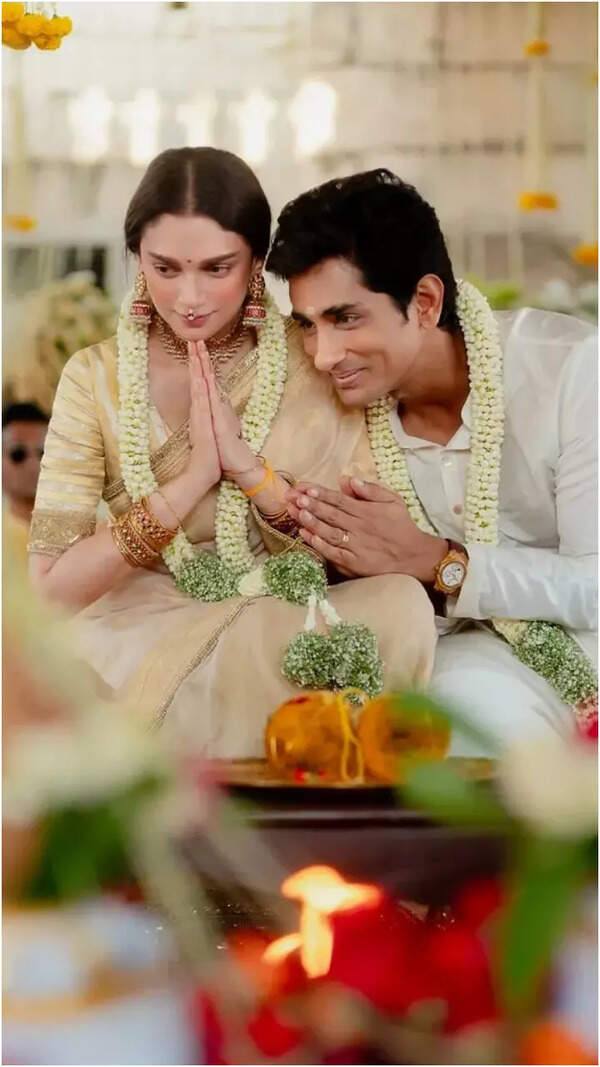- News
- entertainment
- gujarati
- movies
- Film editor Pavan Bhat on 'Chhello Show': Usually it is said that the audience is hard to impress. But in reality, it is the director who is the hardest to impress- Exclusive
Trending
This story is from February 27, 2023
Film editor Pavan Bhat on 'Chhello Show': Usually it is said that the audience is hard to impress. But in reality, it is the director who is the hardest to impress- Exclusive
Pavan Bhat, the editor of Pan Nalin's directorial flick 'Chhello Show' opened up about his work and more.

Pan Nalin's directorial film 'Chhello Show' (The Last Film Show), which was released on October 14, last year, received widespread acclaim from audiences worldwide. The film depicted director's childhood and his love for cinema. Bhavin Rabari, Bhavesh Shrimali, Richa Meena, Dipen Raval, and Paresh Mehta starred in 'Chhello Show'. Its cinematography was done by Swapnil S. Sonawane and the editing part by Shreyas Beltangdy and Pavan Bhat.

Was film editing always on your mind?
I’ve been a cinephile since my high school days. This passion and love for films transformed into something bigger during my engineering days (B.E. in Computer Science). I dabbled with short films and creative experiments with like-minded collaborators and friends in Bengaluru, as I was impulsively drawn towards the art and craft of filmmaking. Writing and shooting short films was one thing, but how do we really put the building blocks together? Editing fascinated me the most in this respect because it was a mysterious and almost elusive process. Gradually, one thing led to another, and to pursue this path further with more zest and seriousness, I enrolled at a film school in Mumbai, Whistling Woods International, where I studied to become a film editor and a filmmaker.Tell us about the editing process and your way of work?
My editing process is generally threefold in structure. First, I generally have innumerable discussions with the director, writer, and creative team regarding the pulse and the idea behind the story or narrative. Next, I try to gauge the challenges that the story might pose and then try to solve the creative and technical hurdles that emanate from there. Finally, when I sit at the editing table, I try to ensure that every small detail of the story, from the smallest beat to the micro-elements like scenes and sequences to the macro-framework or the film as a whole, makes for a reasonable viewing, one step at a time. Once the skeleton is complete, it is time to add life and soul through the various stages of editing, in collaboration with our entire team, until we are satisfied enough to share it with the world.
Any challenging projects crossed your path?
Every project or film is challenging in its own way, mainly because no two films pose the same set of issues or hurdles. 'Last Film Show' aka 'Chhello Show' (directed by Pan Nalin), a story about a 9-year-old boy falling in love with cinema, might have a very different narrative framework compared to another film that I edited called 'Nirmal Anand ki Puppy' directed by Sandeep Mohan), which is about a married couple dealing with unexpected life changes. But if I had to pick the most challenging one, it would be my first ever feature film as an editor, called 'Bhasmasur'. This was an independent feature film directed by Nishil Sheth shot in Rajasthan by an 8-member team. We barely followed general storytelling rules and conventions here and were only motivated by the desire to tell a unique, humane story with which the audience could possibly empathize.
What approach do you take while structuring a story through editing?
Less is more, how can a story be told in a simple yet effective manner with minimal use of dialogues or lines? Can the gravity of the story be enhanced by the optimum use of atmospherics, diegetic and non-diegetic sounds, and character actions? I ask myself these questions all the time. This approach helps me eliminate the not-so-obvious redundancies in the microstructures, or the scenes, in the context of a larger framework, or the macrostructure, of the film.
How do you stay up to date with new editing techniques and technologies?
Watch, watch, and watch all types of films, irrespective of origin, culture, genre, style, or substance! These days, thanks to social media groups and film websites, it is very easy to keep abreast of the latest developments in technology. And also, keeping in touch with like-minded and sometimes not-so-like-minded peers and collaborators helps a great deal.Can you discuss any technical or artistic decisions you made in a project that you’re particularly proud of?
In 'Last Film Show' (Chhello Show), we didn't hesitate to adopt various rhythmic styles based on the dramatic intensity of the scenes. For example, in some portions of the film with intense emotions and complexities, the director Pan Nalin also advised that we adopt a rhythmic editing pattern and structure akin to Maurice Ravel's musical masterpiece 'Bolero', wherein we gradually build the dramatic intensity of a scene to a point where it finally reaches a figurative musical crescendo emotionally, and it worked beautifully.
How do you balance the director’s vision with your own creative instincts during the editing process?
It is usually said that the audience is hard to impress. But in reality, working behind the scenes as an editor, it is the director who is the hardest to impress. My primary goal is to bring fresh and new ideas and perspectives to the table. These ideas should help usher in a series of thought processes and discussions with the director for the betterment of a film. Criticism of the director’s work is good, but only of the constructive kind, while not losing track of the intended purpose of the story. The director is often the one who has lived in that film universe the longest; hence, I must get along with the director. I’ve always believed in establishing a middle ground between my creative instincts and the director’s vision. At the end of the day, one of the main reasons the film exists is because of the unwavering passion and vision of the director and it is important to honor that.
About the Author
Vaishali RathodEnd of Article
FOLLOW US ON SOCIAL MEDIA







